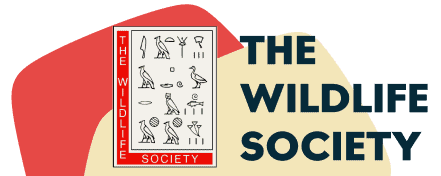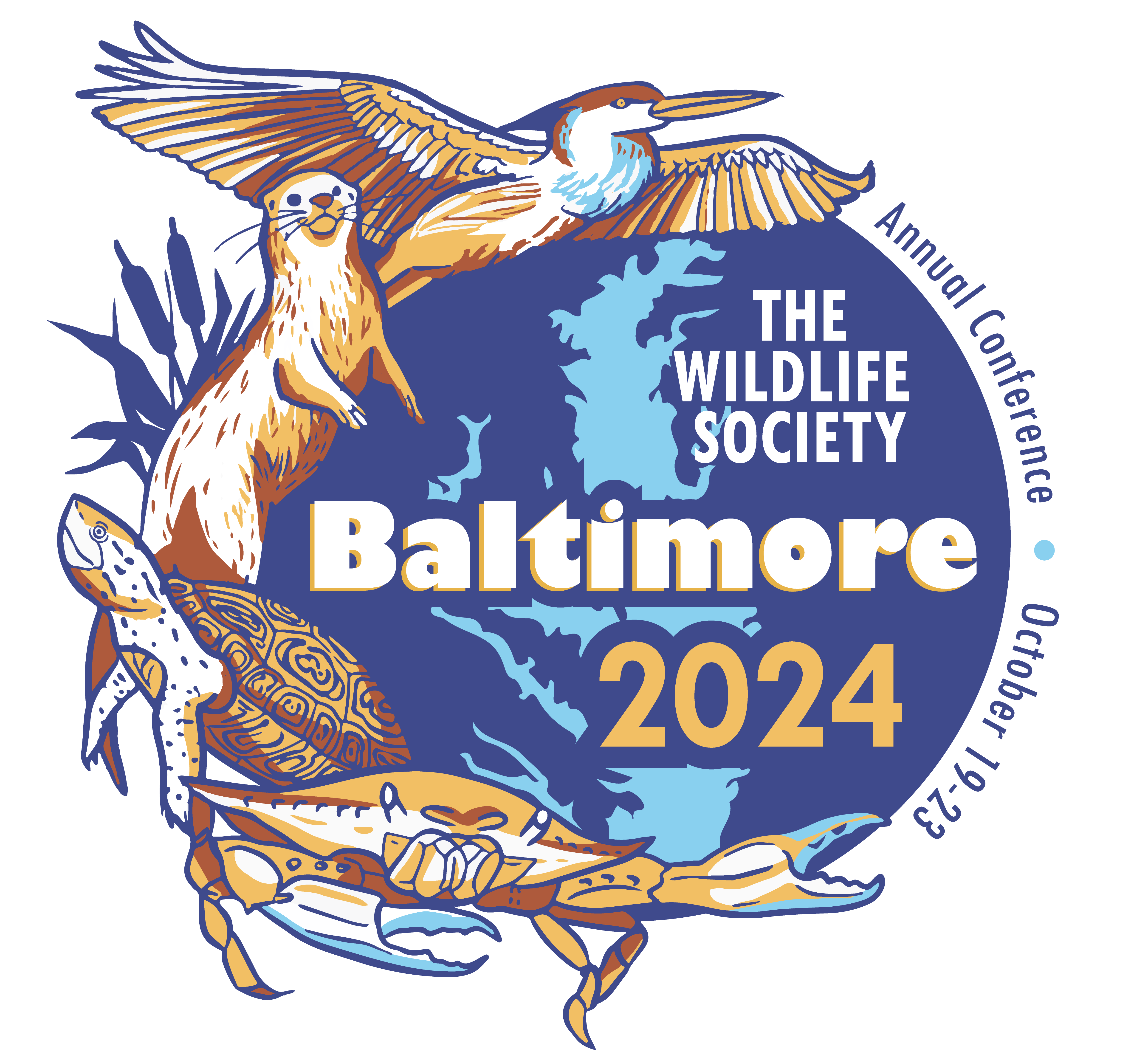- News
-
-
-
-
-
Latest News Articles
- WSB: Study tests accuracy of thermal drone surveys April 26, 2024
- Computer model explores Tribal use of fire for ecosystem health April 26, 2024
- 2024 TWS Elections: Southwest Representative April 25, 2024
-
-
-
- Wildlife Professional Resources
-
- Our Network
-
- PUBLICATIONS
-
-
Recent Posts
-
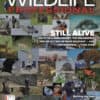 The Wildlife Professional November/December Issue
November 1, 2023
The Wildlife Professional November/December Issue
November 1, 2023
-
-
-
-
-
-
- Wildlife Events
-
-
-
Upcoming Webinars
- No Events
-
-
-
- Who We Are
-
Tag: chytrid
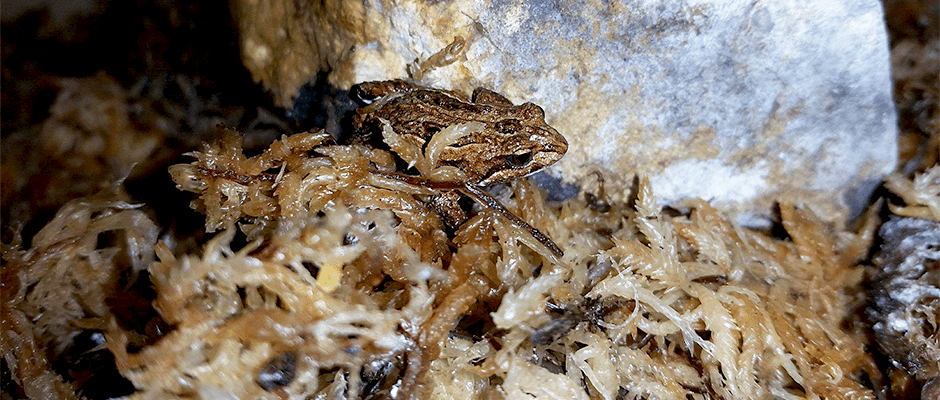
December 7, 2017
Frog species hosts but shows no signs of fungal disease
Researchers have documented another frog species that carries the deadly chytrid fungal disease but shows no symptoms, and they believe others may exist around the world, contributing to global amphibian...

September 19, 2016
Chytrid fungus survivors suffer stunted growth
It’s easy to see that frogs are in trouble when their breeding ponds are littered with carcasses. But even in places with no visible die-offs, the fungal disease that is...
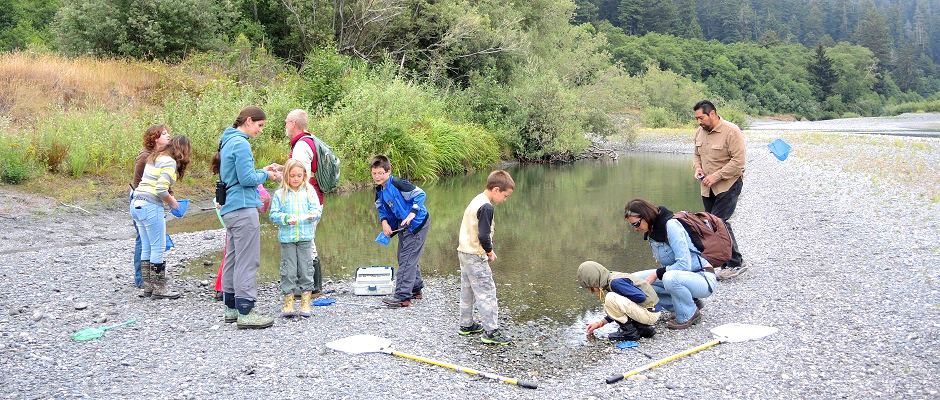
September 2, 2016
Kids document diseased amphibians in California
Young citizen scientists aged 4 to 16 have discovered that many frogs and toads on California’s northern coast are infected with the deadly chytrid fungus (Batrachochytrium dendrobatidis). Seventeen percent of...
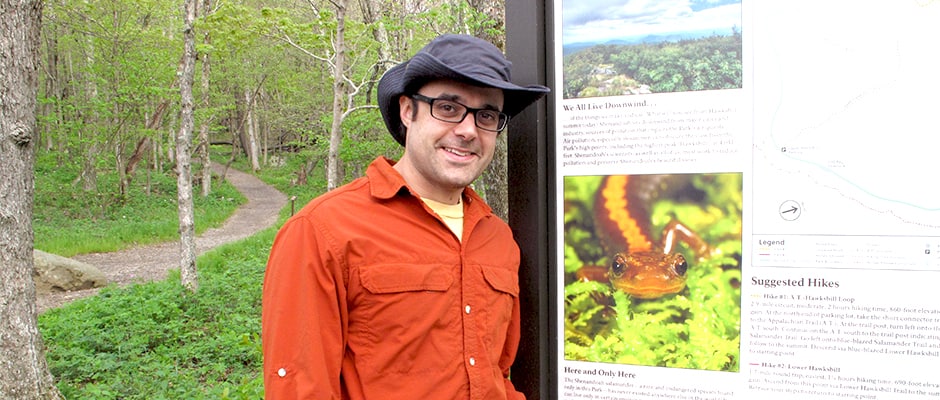
June 3, 2016
Country-wide surveillance efforts help prevent salamander fungus
For more than a decade, Evan Grant has traveled to vernal pools, streams and forests in different national parks and wildlife refuges in the northeastern United States to sample amphibians....
